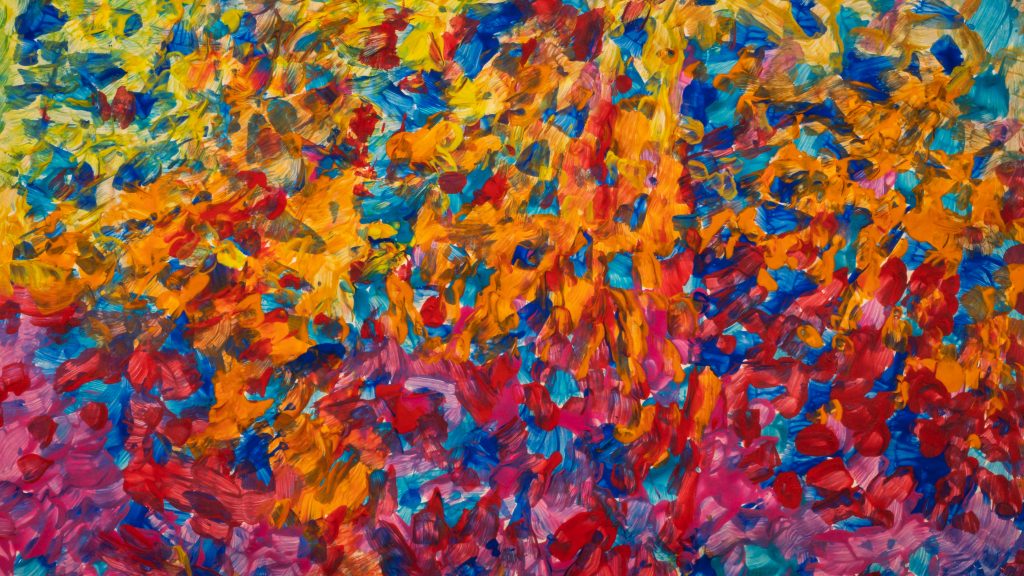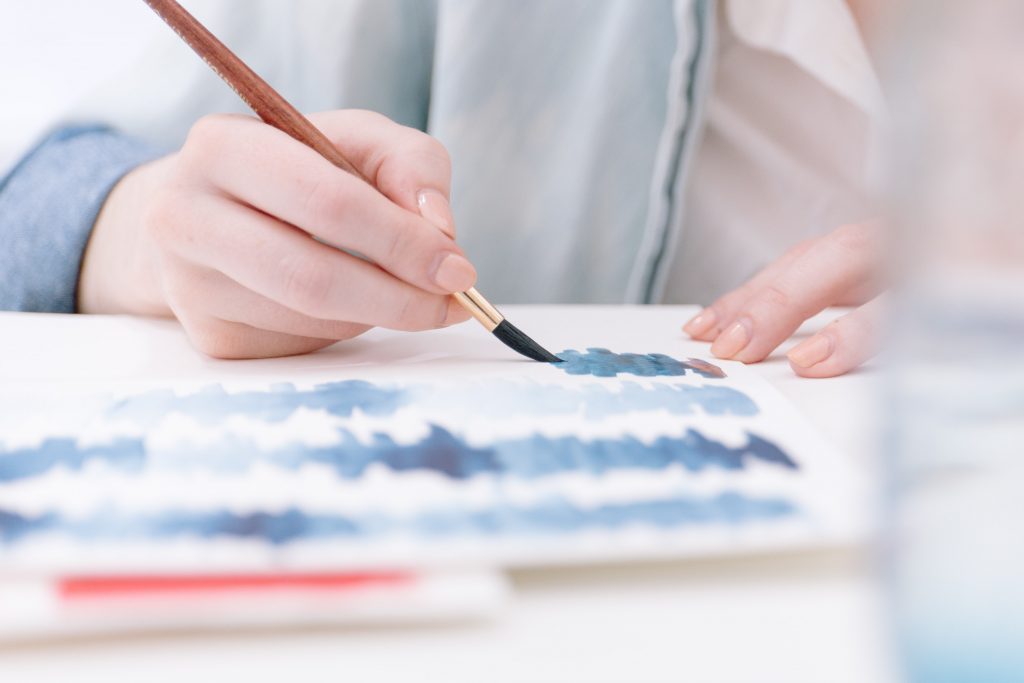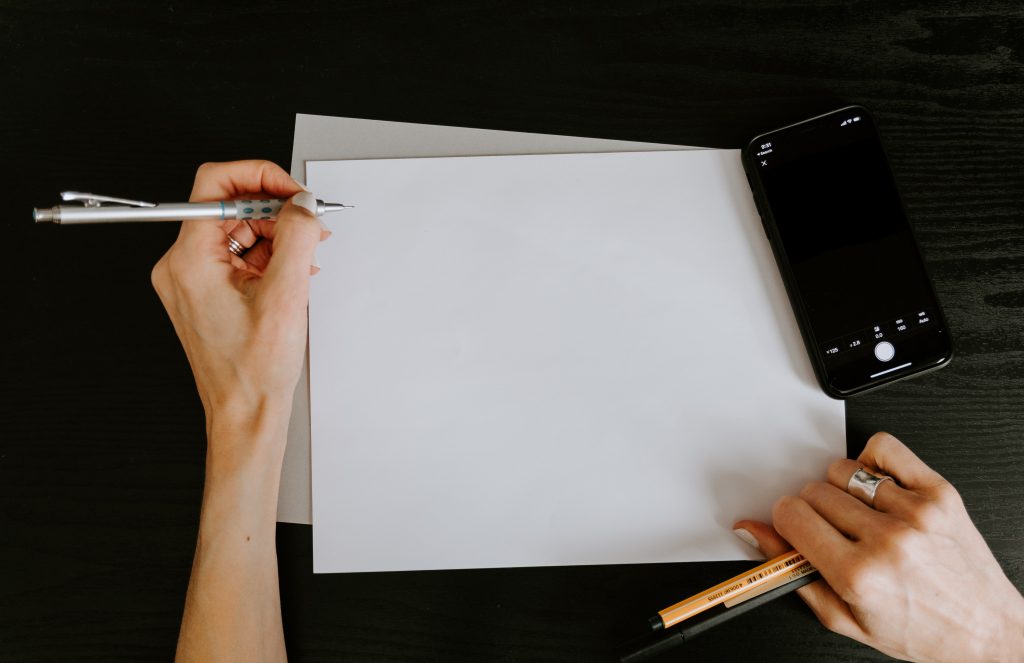A Brief View of Art Therapy Deb Goggins, MA, Clinical Counselor & Art Therapist © 2020 Deb Goggins, MA, Clinical Counseling & Art Therapy

Art Therapy is an integrative mental health and human services profession that enriches the lives of individuals, families, and communities through active art-making, creative process, applied psychological theory, and human experience within a psychotherapeutic relationship. Art Therapy, facilitated by a professional art therapist, effectively supports personal and relational treatment goals as well as community concerns. Art Therapy is used to improve cognitive and sensory-motor functions, foster self-esteem and selfawareness, cultivate emotional resilience, promote insight, enhance social skills, reduce and resolve conflicts and distress, and advance societal and ecological change (American Art Therapy Association, 2020) .
Art therapy is provided by a master’s level art therapist with training in art therapy and psychology that uniquely enables individual growth and healing. An art therapist has been trained to notice nuances in art making that safely support individuality while moving through the creative process. The creative process is central to art therapy. Art therapy puts more emphasis on the creative process than on the art created. An understanding of the creative process is gained as individuals are guided to solve problems, establish and meet goals, and find enjoyment in life.

The creative process and artmaking are therapeutic. Art therapy benefits all ages, and one does not need to have experience in art in order to participate in art therapy. Individuals realize a unique fit with their creative process that translates to life application and improvement. Relationship growth, selfcontrol, open-mindedness and acceptance, positive behavior, discovery of life meaning, healing from life experience, and management of developmental challenges are many benefits that are supported with art therapy.
The Fine Arts have always provided insight for creativity, communication, and life enhancement. Nuances in creativity become evident as art is created and viewed. The understanding of fine art contributes to the understanding of art therapy. We are all artists in one way or another as human beings are creative and have the capacity to express themselves in visual art approaches. In fine art, artists convey to the viewer either a clear sense or a broad sense of communication. Subjective experience is always involved in understanding human to human communication and artistic communication. In artmaking, our subjective experience naturally fills in the gaps between and allows for self-reflection that provides understanding, growth, hope, joy, and resilience, as well as so very much more.

Art and art therapy encourage creative verbal and non-verbal self-expression and communication. Art comes in many creative forms such as painting and drawing (visual), music (auditory), and acting and dancing (physical), among others. The fine arts connect us to community, culture, and the holistic human experience. Art enables us to realize who we are, what we like, where we need to be, when to take action, why we do what we do, and how we are visionary to set goals. Art therapy encourages individuals to creatively and visually express their life experience in a safe, non-judgmental, therapeutic space and relationship. Art therapy builds on discoveries in fine art to uniquely support individuals toward living a better, stronger, fulfilled, healthy and positive life.
At Fuller Living, Deb Goggins helps clients through art. She is currently taking new clients and would love to process with you through the use of art! B
